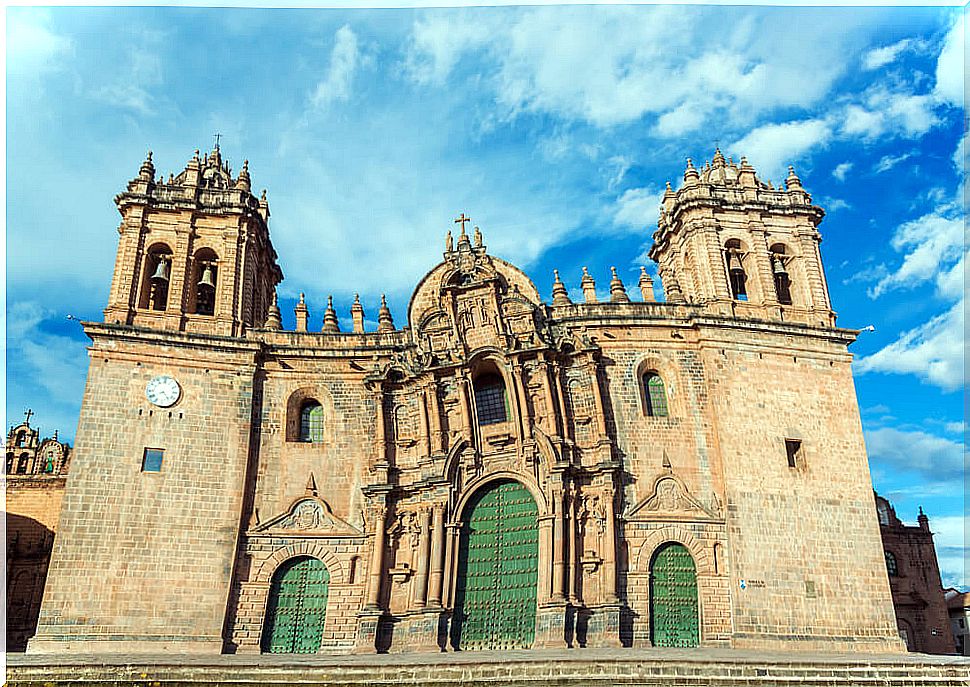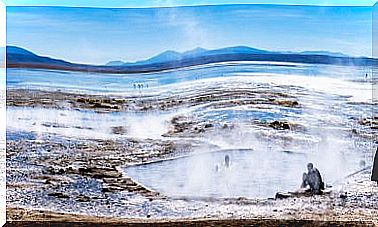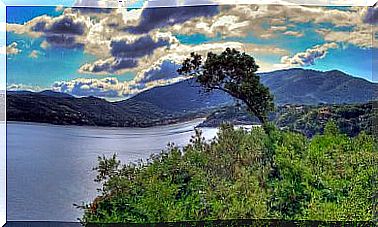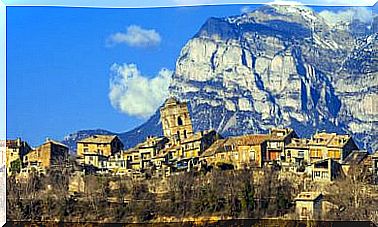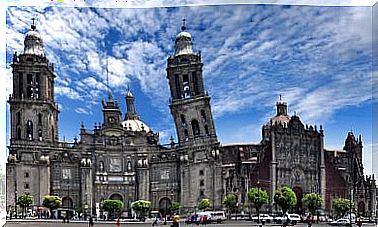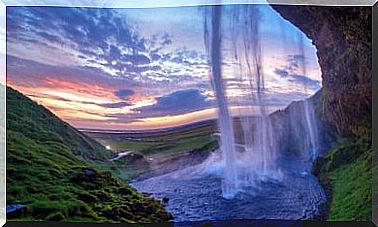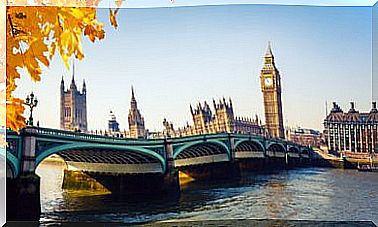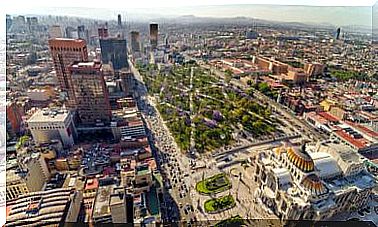The Cusco School And Its Main Paintings
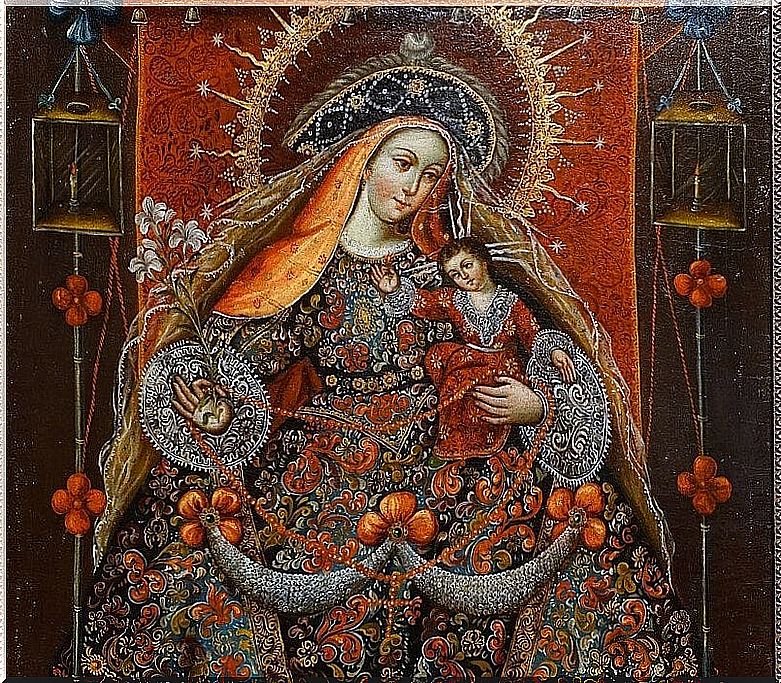
The Cusco school is a pictorial school that emerged during the colonial period in Cuzco, Peru. His works combine the colors of the Flemish style, the grace of Mannerism and the use of the Renaissance perspective, mixed with Inca and pre-Inca tradition and symbolism.
What is the Cusco school
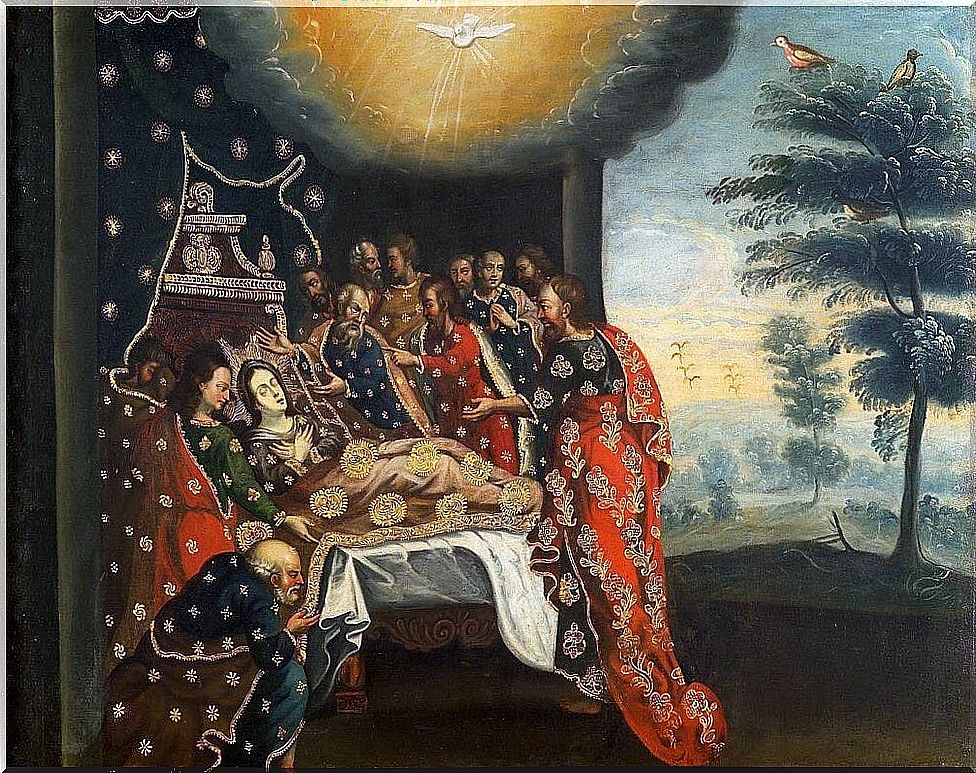
The so-called Cusco school was formed by a group of painters of indigenous origin who made a type of painting, especially religious, that mixed local traditions with European ones. And all, as a result of the models of the paintings of the Italian monk Bernardo Bitti and the painter Luis de Riaño, born in Lima but of Spanish parents.
It was developed in the city of Cuzco, hence the name that this group of artists acquires and whose main representatives are the indigenous Diego Quispe Tito and Basilio de Santa Cruz Pumacallao, whose representations transcend the borders of the Viceroyalty of Peru.
The main works in Cuzco
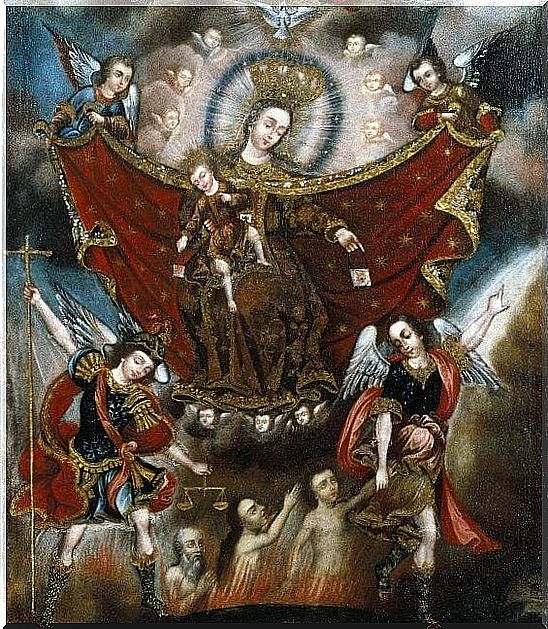
Many are the works that this school produced and its art has transcended all over the world. Among them, the works of Diego Quispe Tito stand out, among them the Vision of the Cross or the series of San Juan Bautista or San Sebastián, the latter partially lost in the fire that suffered the church of San Sebastián de Cuzco in 2016.
Also by the same author is the Zodiac Series , from the Cathedral of Cuzco. Painted in 1681, on each canvas it represented an astral house linked to a scene from the Gospel. And in the National Museum of History of Cuzco you can see the Return from Egypt , painted in 1680 for which it was inspired by an engraving that showed the composition of Pedro Pablo Rubens.
Other works
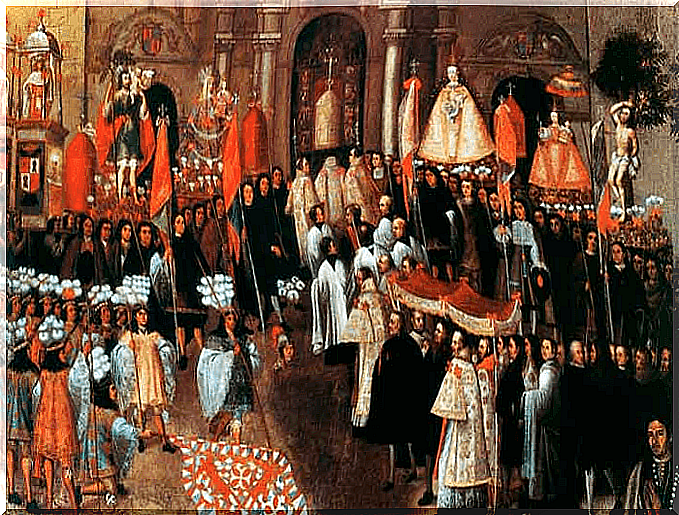
The Virgin of Belén by Basilio de Santa Cruz Pumacallao is another of the outstanding paintings of the Cusco school. In this case, the main influence is on Murillo. It is one of the paintings that adorn the Cathedral of Cuzco.
It is also one of the most unique paintings, as it represents the journey that the Virgin lives from her departure from Spain to her arrival in Cuzco. With an idyllic setting, the characters that appear are more specific: members of the city’s population who were reflected in the composition, forming part of the historical event.
The Corpus Christi Series is another of the essentials of this school. It was made by one of the followers of Basilio Santa Cruz for the parish of Santa Ana de Cuzco. Today it can be seen in the Museum of Religious Art of the archbishopric of that city, although three of the paintings are in Chile.
This work was made around the year 1680 and represents the Cuzco society fully incorporated into Christianity. The series is one of the most appreciated for its historical and ethnographic value, as well as artistic, since it shows various social strata of colonial Cuzco.
The works of the Cusco school outside of Cuzco

From Quispe Tito or his circle of followers, the painting of the Virgen del Carmen stands out. It is a work that is in the Brooklyn Museum, like the spectacular painting of the Virgin of Pomata or the Portrait of Atahualpa , both of unknown author.
Noteworthy is the canvas of the Marriages of Martín de Loyola with Beatriz Ñusta and Juan de Borja with Lorenza Ñusta de Loyola. It is one of the most spectacular paintings of the Cusco school. Of him there are several copies, highlighting the one kept in the Pedro de Osma Museum in Lima.
It is a painting with an obvious propaganda intention. It is intended to transform a history of violent conquest into a marriage between peoples. Thus, two marital unions that occurred in different spaces and times are represented as a sign of the cultural miscegenation of the Viceroyalty.
Precisely, in this Lima museum we can find some of the best examples of the Cusco school, such as the pictures of The Genealogy of the Incas, in which some of the Inca kings are portrayed. Marian representations and pictures of angels and harquebusiers are also exhibited, very fashionable in the 18th century.
The canvases of the Life of Saint Augustine are also great works of this school. Basilio Pacheco painted them for the convent of San Agustín in Lima. It was a commission for the capital of the Viceroyalty, which shows the importance that this school had acquired.
